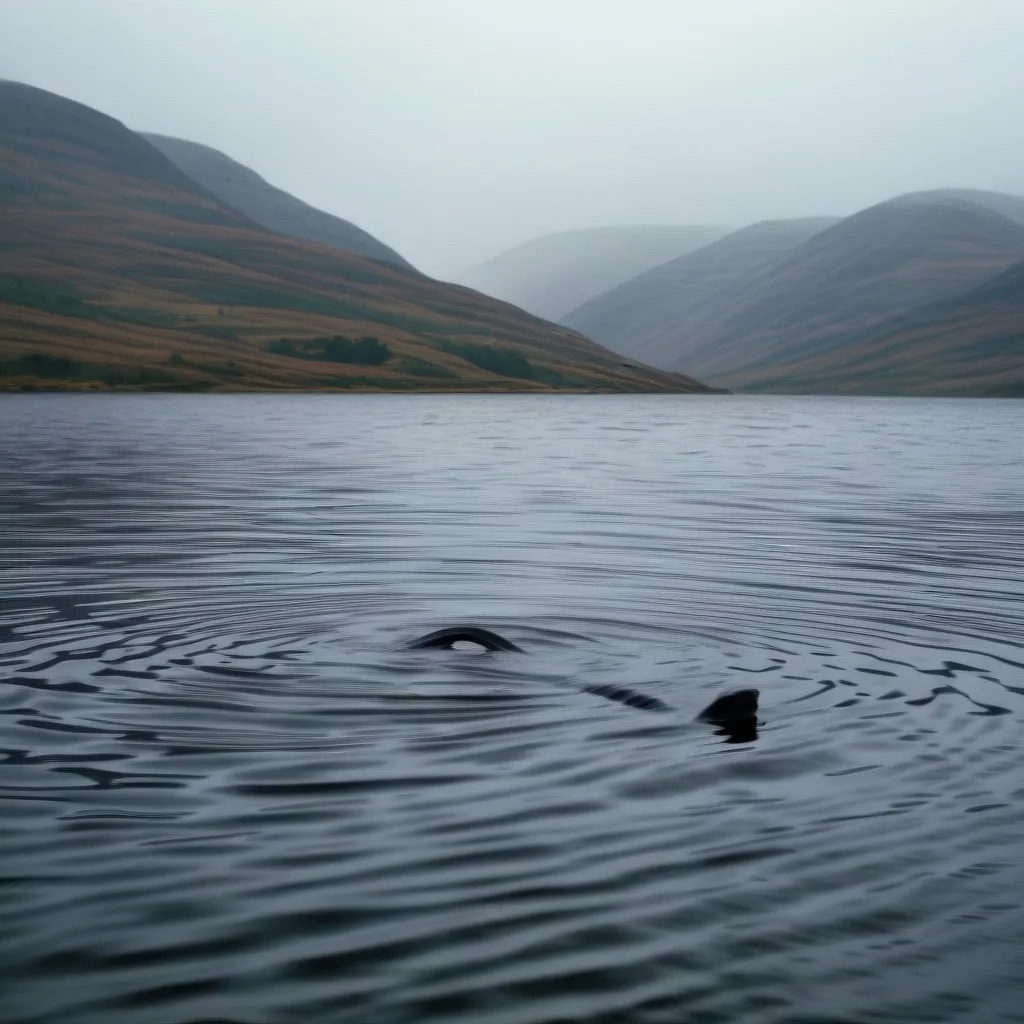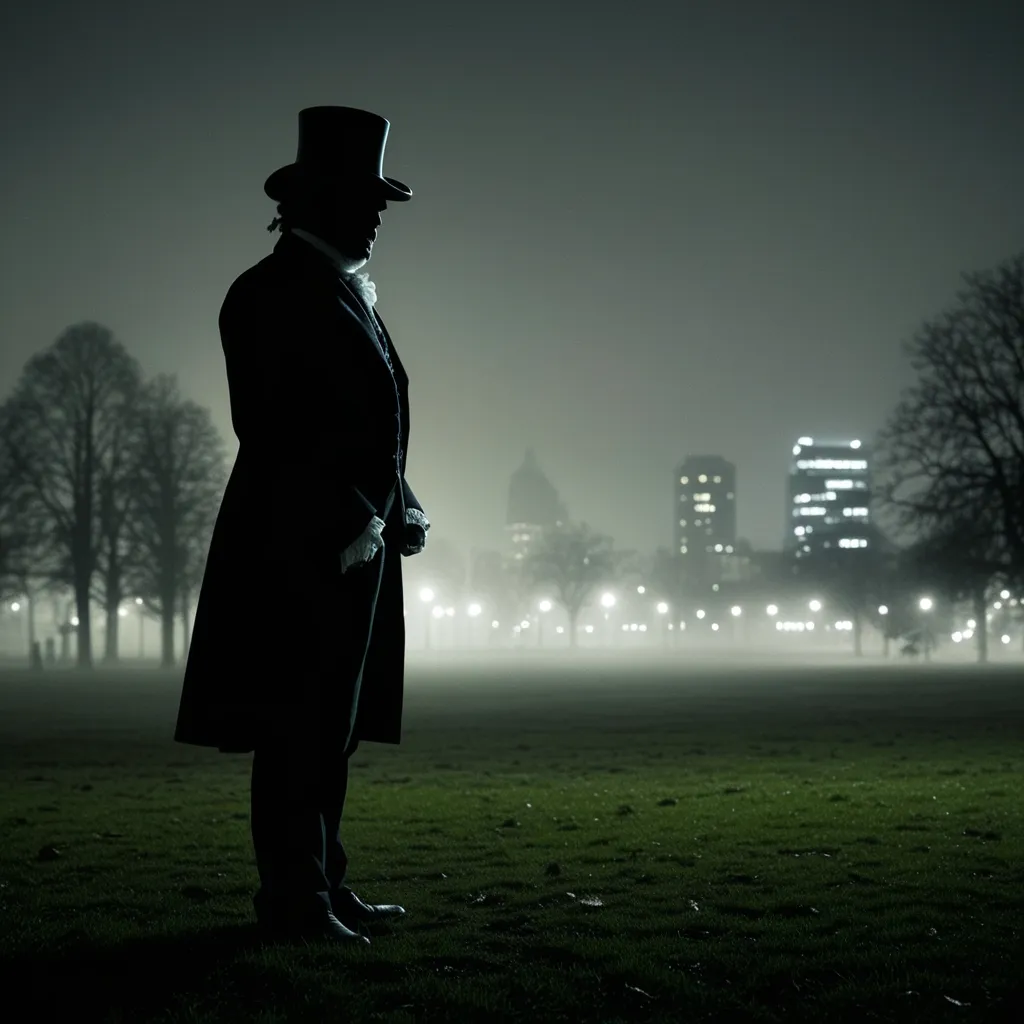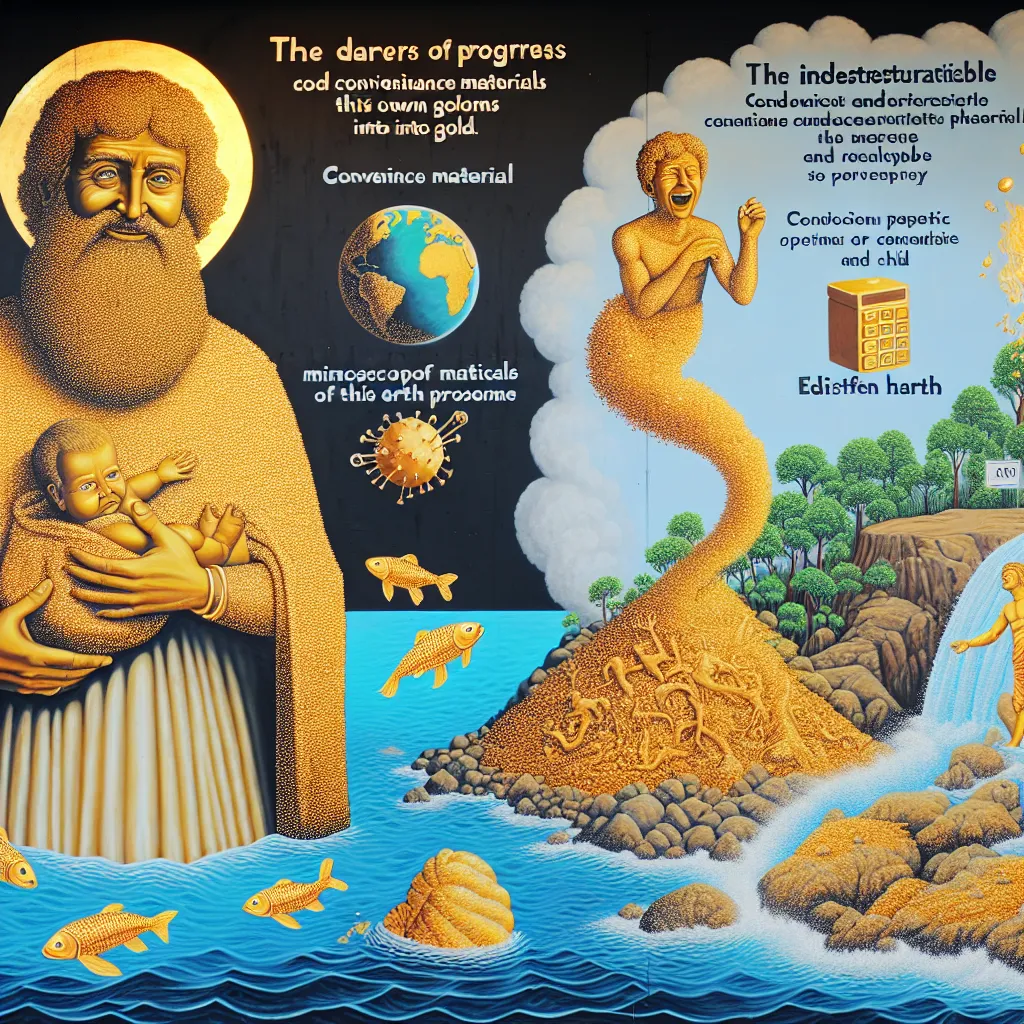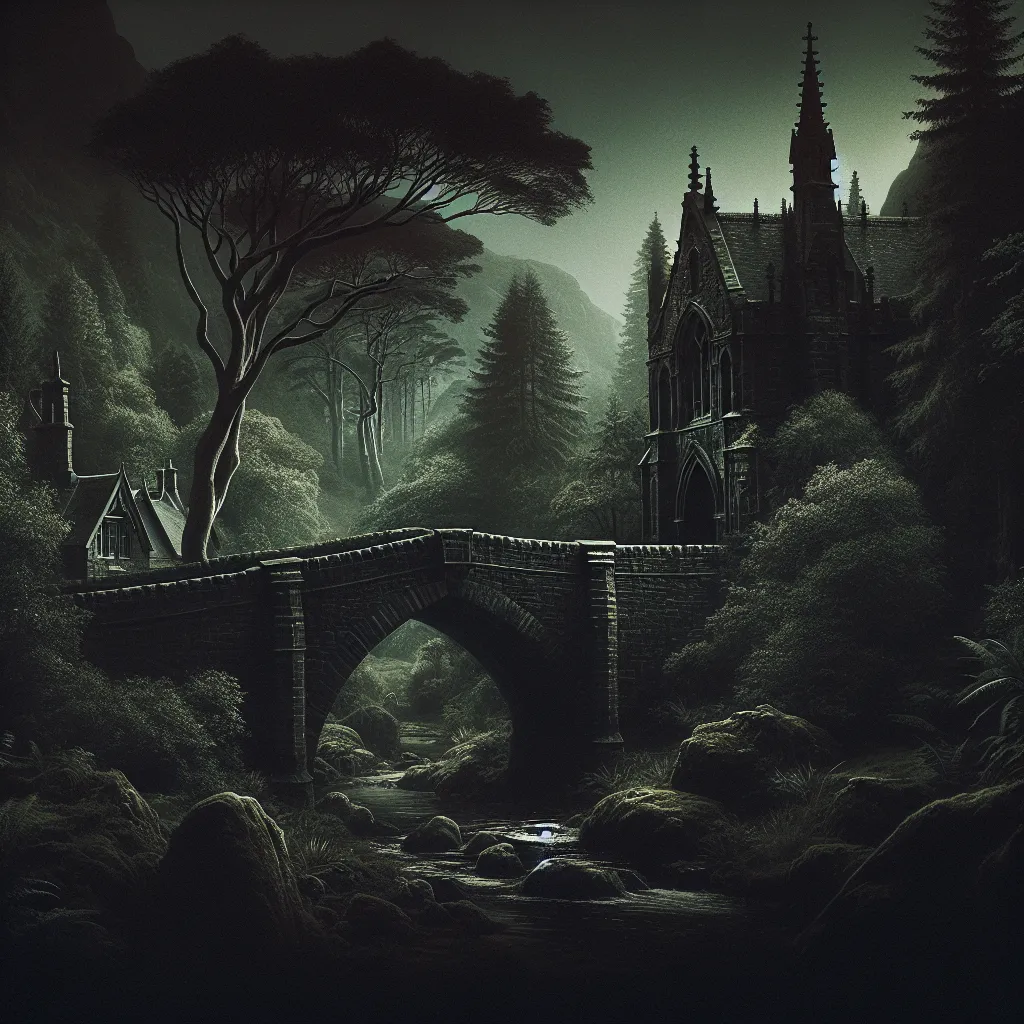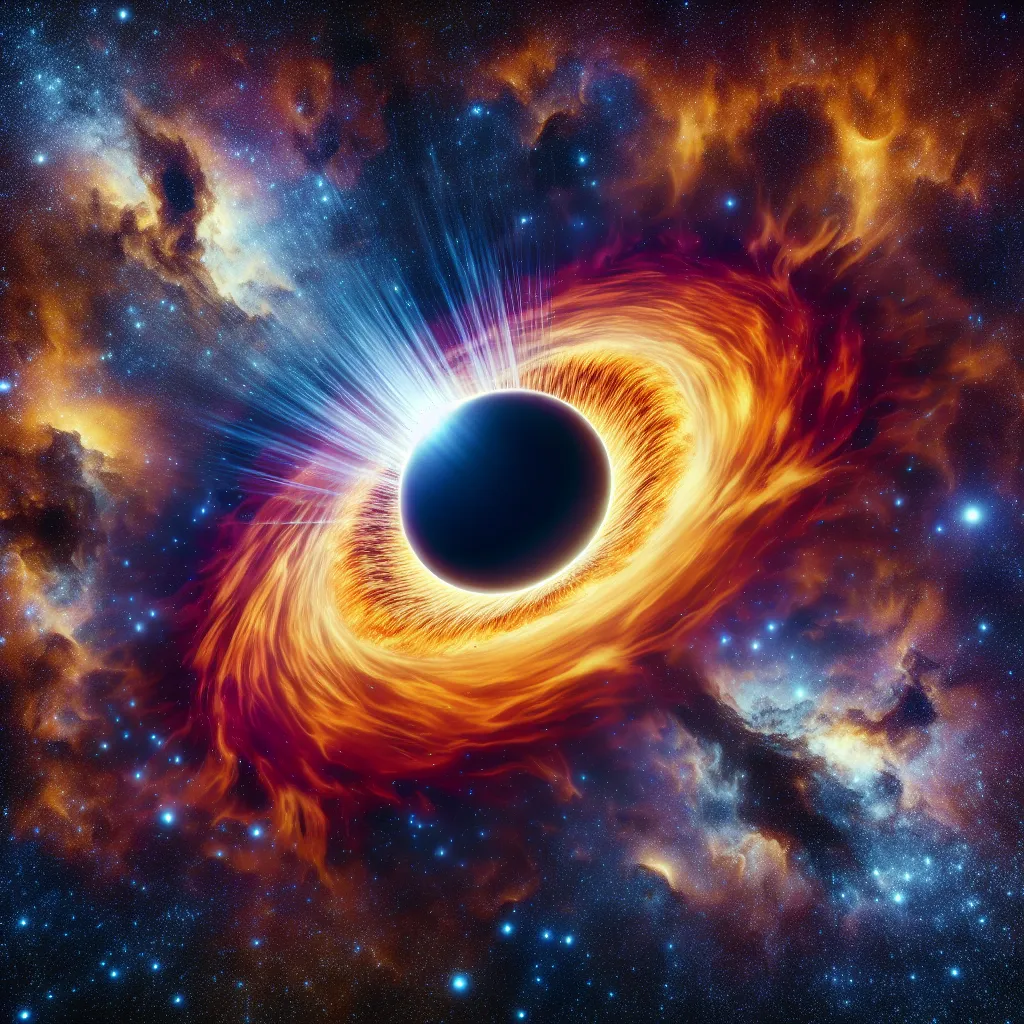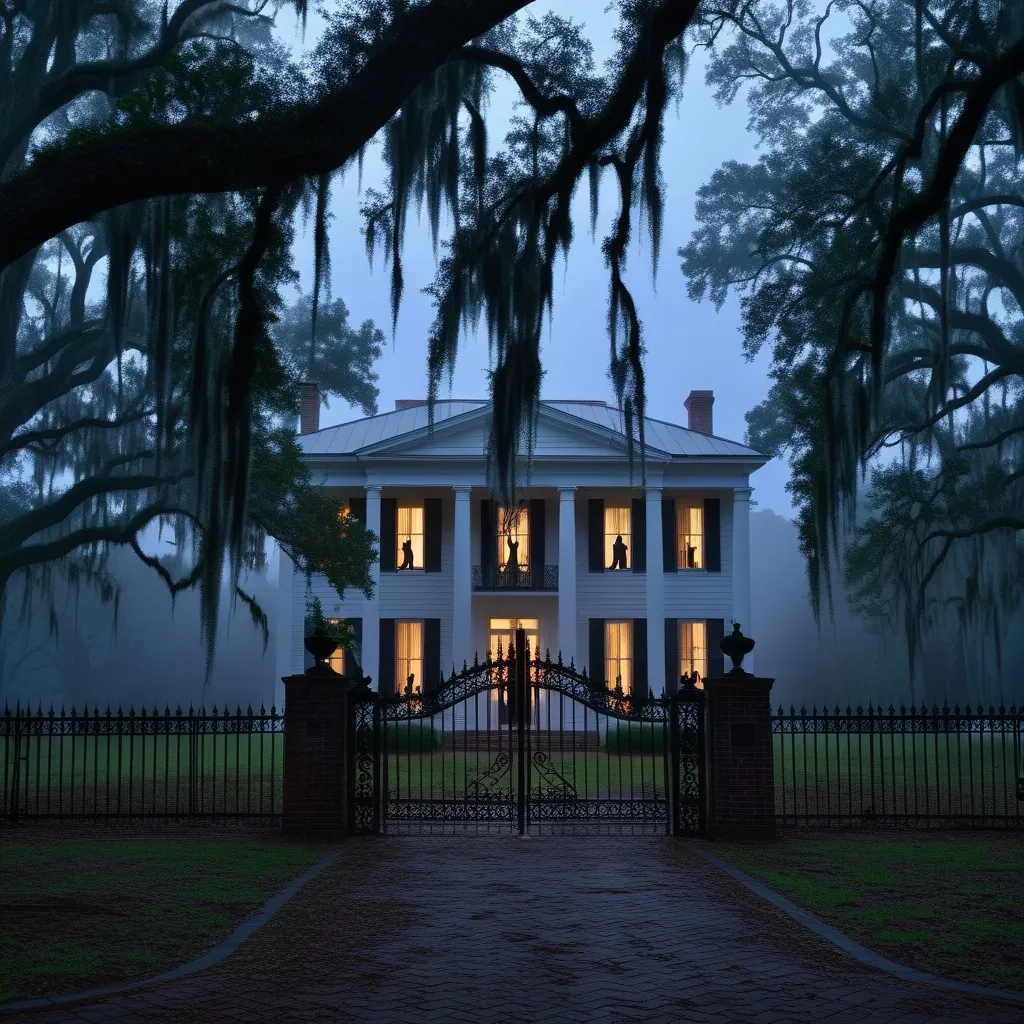The Legend of Nessie: Scotland’s Beloved Cryptid
Nestled in the heart of the Scottish Highlands, Loch Ness has captivated the world’s imagination for centuries. This vast, mysterious body of water is said to be home to one of the most famous cryptids of all time - the Loch Ness Monster, affectionately known as Nessie. It’s a tale that has stood the test of time, inspiring countless expeditions, scientific studies, and a thriving tourism industry.
Let’s dive into the murky depths of this enduring legend and explore why Nessie continues to fascinate us, even in our modern, skeptical world.
A Monster is Born
The story of Nessie isn’t just a modern phenomenon. It has roots that stretch back to ancient times. The first recorded sighting dates all the way back to 565 AD, when Irish monk Saint Columba supposedly encountered a fearsome water beast in the River Ness. Now, I know what you’re thinking - that’s a long time ago, and stories tend to get a bit fishy over time. You’re not wrong. Some skeptics argue that tales of water monsters were pretty common in medieval times, so this might not be directly related to our beloved Nessie.
But here’s where things get interesting. The modern Nessie craze kicked off in 1933, and boy, did it kick off with a splash! It was a year of big changes around Loch Ness. A new road had just been built along the loch’s shores, bringing more curious eyes to the area. In April of that year, a local hotel manager named Aldie Mackay reported seeing something extraordinary - an enormous animal that looked like a “dragon or prehistoric monster” crossing the road and disappearing into the loch.
Now, imagine being Aldie for a moment. You’re just going about your day, maybe thinking about what to have for dinner, when suddenly - bam! A prehistoric-looking beast lumbers across your path. I don’t know about you, but I’d probably need a strong cup of tea (or something stronger) after that encounter.
The Plot Thickens
Aldie’s sighting was just the beginning. In November of the same year, a man named Hugh Gray took a photograph that would become one of the most famous images in cryptozoology. The “surgeon’s photograph,” as it came to be known, appeared to show a small head and long neck emerging from the water. It was the proof that Nessie hunters had been waiting for!
Or was it?
Here’s where our tale takes a twist. In 1994, 61 years after the photo was taken, it was revealed to be an elaborate hoax. The “monster” was actually a plastic-and-wooden head attached to a toy submarine. The mastermind behind this deception? A big-game hunter named Marmaduke Wetherell, who was seeking revenge after being humiliated in a previous Nessie hunt.
I have to admit, I admire Marmaduke’s commitment to the bit. Creating a fake monster head and attaching it to a toy submarine? That’s some next-level trolling, especially for the 1930s.
The Hunt Continues
You might think that the revelation of such a high-profile hoax would dampen enthusiasm for Nessie. But you’d be wrong. If anything, it seems to have spurred people on to find the real deal.
Over the years, there have been countless attempts to prove Nessie’s existence. We’re talking sonar explorations, underwater cameras, and even DNA surveys. In 2018, scientists conducted a comprehensive DNA survey of Loch Ness. They were hoping to find evidence of a plesiosaur or some other large, unknown animal. What they found instead was… a lot of eel DNA.
Now, before you start picturing Nessie as a giant, slippery eel, let’s not jump to conclusions. The researchers didn’t find evidence of a monster-sized eel, just a higher-than-expected concentration of regular-sized eel DNA. But it does leave open the tantalizing possibility that Nessie could be an oversized eel. Imagine that - a creature that’s been stumping scientists and explorers for centuries turns out to be the world’s biggest fish and chips ingredient!
The Search Goes High-Tech
As technology advances, so do the methods used to search for Nessie. In 2024, researchers from the University of Aberdeen brought out the big guns - or should I say, the small guns? They used a holographic camera called the weeHoloCam to capture digital holographic images of microscopic organisms in the loch.
Now, I know what you’re thinking - how is taking pictures of tiny plankton going to help find a giant monster? Well, it’s all about understanding the ecosystem of Loch Ness. By studying these “mini-monsters,” scientists can learn more about the water quality and biodiversity of the loch. It’s like CSI: Loch Ness Edition.
But the high-tech searches don’t stop there. In 2023, the largest Nessie hunt in 50 years was organized. We’re talking over 100 volunteers armed with thermal-imaging drones, infrared cameras, and hydrophones to detect underwater sounds. It was like a monster-hunting version of The Avengers, each with their own special gadget.
The goal wasn’t just to find Nessie (although I’m sure that would have been a nice bonus). It was about understanding the natural behavior of everything in the loch and inspiring a new generation of Nessie enthusiasts. Because let’s face it, even if we never find a monster, the search itself is pretty darn exciting.
More Than Just a Monster
Here’s the thing about Nessie - she’s more than just a potential cryptid lurking in the depths. She’s become a cultural icon, a symbol of mystery and wonder in our increasingly explained world.
Think about it. Loch Ness is the largest body of freshwater by volume in the UK. It’s one of the deepest lochs, with depths reaching up to 750 feet. That’s deeper than the height of the Space Needle in Seattle! Its murky waters and the surrounding picturesque landscape create an atmosphere that’s both haunting and beautiful. It’s the perfect setting for a mystery.
And boy, has that mystery paid off. Nessie has spawned a thriving tourism industry in the Scottish Highlands. Hotels, restaurants, gift shops - they all benefit from the allure of the monster. It’s like Disneyland for cryptid enthusiasts, except instead of meeting Mickey Mouse, you’re hoping to catch a glimpse of a prehistoric beast.
But it’s not just about the money. Nessie represents something more - our human fascination with the unknown. In a world where we can access information about almost anything with a few taps on our smartphones, the idea that there could be a large, unknown creature living in a lake in Scotland is… well, it’s kind of thrilling, isn’t it?
The Skeptic’s View
Of course, not everyone believes in Nessie. Skeptics argue that many sightings can be explained by natural phenomena or good old-fashioned human error. That log floating in the distance? It could look an awful lot like a monster’s humped back if you squint. Those ripples on the water? Could be caused by the wind, or maybe a family of otters having a pool party.
And let’s not forget about the power of suggestion. When you’re standing on the shores of Loch Ness, knowing its history and the tales of the monster, it’s easy to let your imagination run wild. That shadow beneath the surface could be a rock… or it could be Nessie giving you a coy wink as she swims by.
But here’s the interesting thing - even many skeptics admit that there’s something special about Loch Ness. As one enthusiast, Craig Gallifrey, put it, “I believe there is something in the loch… I do think that there’s got to be something that’s fueling the speculation.”
And he’s right. Whether that “something” is a actual creature or just the power of human imagination, it’s undeniably there.
The Legacy of Loch Ness
So, what’s the deal with Nessie? Is she real? Is she a myth? The truth is, we still don’t know. And in a way, that’s the beauty of it.
The Loch Ness Monster has become an integral part of Scottish folklore, a symbol of mystery and intrigue that continues to captivate people worldwide. She’s inspired countless stories, artworks, and scientific investigations. She’s the star of movies, books, and probably more than a few fever dreams after eating too much haggis.
Whether or not Nessie exists in physical form, she exists in our collective imagination. She represents our enduring quest to uncover the secrets of the unknown, our desire to believe that there’s still magic and mystery in the world.
As the search for Nessie continues, it serves as a reminder of the power of myth and the human spirit of exploration. Even in our modern, scientifically advanced world, we still love a good mystery. We still want to believe that there are wonders out there waiting to be discovered.
So the next time you find yourself on the shores of Loch Ness, take a moment to gaze out over those dark, mysterious waters. Let your imagination run wild. Who knows? Maybe, just maybe, you’ll be the one to finally spot Nessie. And if not, well, you’ll still have a great story to tell over a pint at the local pub.
Because in the end, that’s what the legend of Nessie is all about - great stories, shared experiences, and the thrill of possibility. It’s a reminder that sometimes, the search is just as important as the discovery. And as long as there are people willing to look, the legend of the Loch Ness Monster will live on, inspiring wonder and sparking imaginations for generations to come.
So here’s to Nessie, whether she’s a prehistoric beast, a giant eel, or just a really persistent piece of driftwood. May she continue to elude us, fascinate us, and remind us that there’s still plenty of mystery left in this world of ours. And who knows? Maybe one day, we’ll finally get that clear, undeniable photo of Nessie. Until then, keep watching those waters. You never know what you might see.
